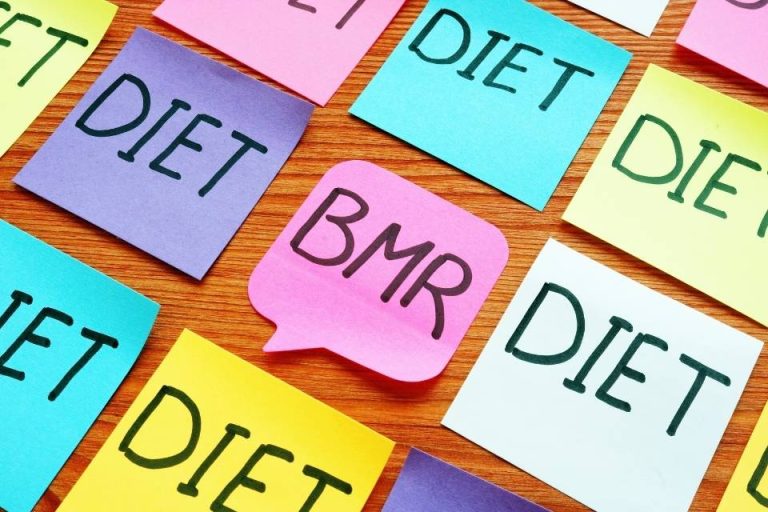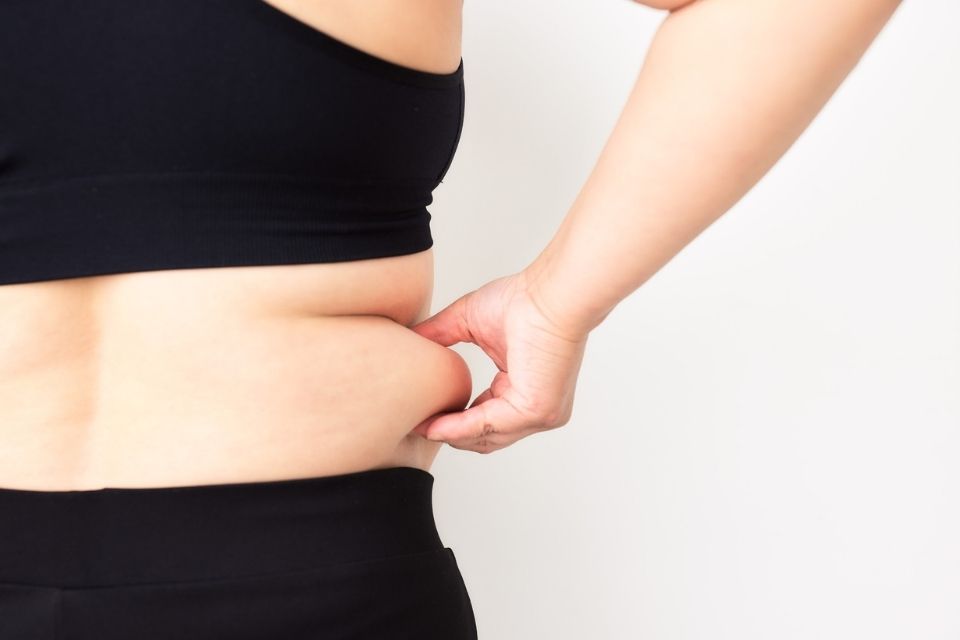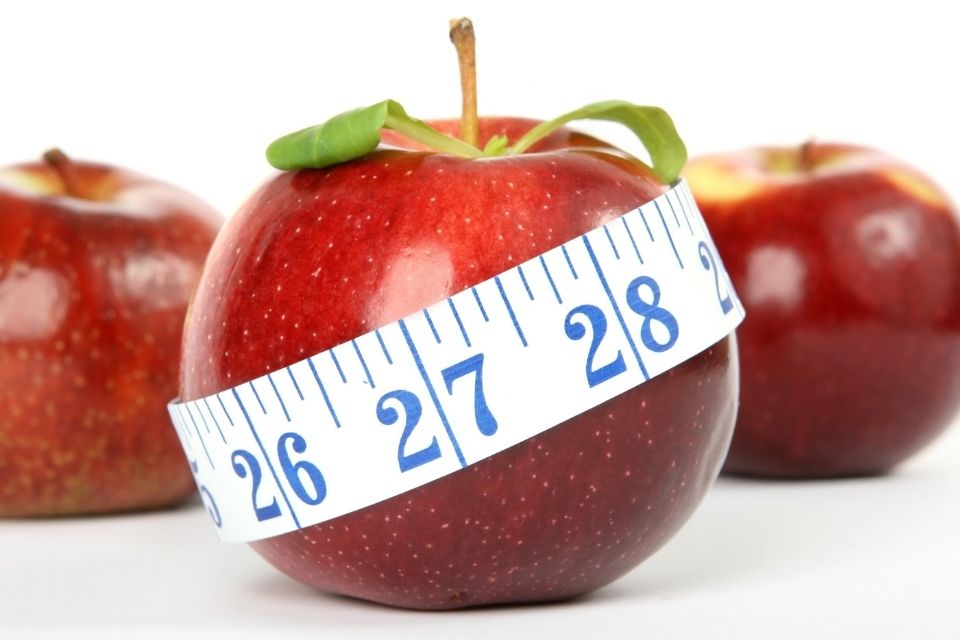If you’ve ever wondered why two people can eat the same amount of food but lose or gain weight differently, the answer often lies in BMR (Basal Metabolic Rate).
Your BMR represents how many calories your body burns just to stay alive, even when you’re not moving. It is the foundation of any weight loss, maintenance, or muscle gain strategy, making it one of the most important concepts in fitness and nutrition.
In this article, you’ll discover what BMR is, how to calculate BMR, the factors that influence it, and how to use it to reach your goals.
Continue reading!
What is BMR?
BMR (Basal Metabolic Rate) is the minimum number of calories your body needs at rest to keep you alive. It covers vital functions such as:
- Breathing
- Blood circulation
- Regulating body temperature
- Cellular repair
- Brain and nervous system activity
Think of it as the “energy cost” of keeping your body’s engine running 24/7, even if you stayed in bed all day.
Why BMR is important
Understanding your BMR is crucial because it helps you answer the question: How many calories should I eat per day?
- For weight loss: Eat fewer calories than your body burns (calorie deficit).
- For maintenance: Eat around the same number of calories you burn.
- For muscle gain: Eat slightly more calories than you burn (calorie surplus).
Without knowing your BMR, you’re essentially guessing your daily calorie needs.
How to calculate your BMR
There are several formulas, but the most commonly used is the Harris-Benedict equation.
For men:
BMR = 88.36 + (13.4 × weight in kg) + (4.8 × height in cm) − (5.7 × age in years)
For women:
BMR = 447.6 + (9.2 × weight in kg) + (3.1 × height in cm) − (4.3 × age in years)
Example
A 30-year-old woman weighing 65 kg and 165 cm tall:
BMR = 447.6 + (9.2 × 65) + (3.1 × 165) − (4.3 × 30)
BMR ≈ 1,450 calories/day
That means she burns about 1,450 calories at rest, before adding any physical activity.
From BMR to TDEE: Your real daily needs
While BMR represents calories burned at rest, in real life you move, walk, train, and perform activities. That’s why we also calculate TDEE (Total Daily Energy Expenditure), which adjusts your BMR to your activity level.
- Sedentary (little or no exercise): BMR × 1.2
- Lightly active (1–3 workouts/week): BMR × 1.375
- Moderately active (3–5 workouts/week): BMR × 1.55
- Very active (6–7 workouts/week): BMR × 1.725
- Extremely active (athletes, heavy labor): BMR × 1.9
If our example woman is moderately active, her TDEE = 1,450 × 1.55 = 2,248 calories/day.
This number represents her actual daily calorie burn.
BMR and weight loss
To lose weight, you need to eat fewer calories than your TDEE. A safe and sustainable deficit is usually 500 calories/day, which leads to about 0.5 kg (1 lb) of fat loss per week.
Example:
- TDEE = 2,248 calories
- Eat 1,750–1,800 calories/day
- Expected weight loss: 0.5 kg/week
For faster results, some people increase the deficit to 700–1,000 calories/day, but this can be harder to maintain and should be done carefully.
BMR and muscle gain
If your goal is to build muscle, you need a calorie surplus, eating more than your TDEE. The ideal surplus is about 250–500 calories/day, combined with strength training like squats, lunges, and hip thrusts you’ll find in our leg workout guide.
This allows your body to use the extra energy for muscle repair and growth without excessive fat gain.
Factors that influence BMR
Your BMR is not fixed — several factors affect it:
- Age: BMR decreases with age.
- Gender: Men tend to have higher BMR due to more muscle mass.
- Weight and height: Larger bodies require more energy.
- Muscle mass: The more muscle you have, the higher your BMR.
- Hormones: Thyroid and other hormones affect metabolism.
- Temperature: Colder environments increase calorie burn to maintain body heat.
This explains why two people of the same weight can have different calorie needs.
Can you increase your BMR?
Yes! While genetics play a role, some strategies can naturally increase your BMR:
- Build muscle mass: Muscle burns more calories at rest than fat.
- Do regular cardio: Activities like what is cardio boost energy expenditure.
- Stay active throughout the day: Walking, climbing stairs, standing instead of sitting.
- Eat enough protein: Protein has a higher thermic effect (burns more calories during digestion).
- Get quality sleep: Poor sleep can lower metabolic rate.
Common myths about BMR
- “I can’t lose weight because my metabolism is slow.”
Often, weight loss stalls due to eating more calories than realized, not just because of BMR. - “Only cardio matters for calorie burn.”
Strength training increases muscle, which raises your BMR long-term. - “Everyone has the same BMR at the same weight.”
False. Age, gender, and muscle mass make a big difference.
Personalize your workout!
So, what is BMR? It’s your body’s baseline energy requirement, the foundation for any nutrition or training plan. By understanding and calculating your BMR, you can set realistic calorie goals for weight loss, maintenance, or muscle gain.
The key is to combine this knowledge with exercise and proper nutrition. Whether you prefer home workouts, weightlifting, or cardio, aligning your calorie intake with your BMR and TDEE will maximize your results.
Download the Befit app to calculate your BMR, track your workouts, and create a personalized plan to achieve your fitness goals.








